According to initial information, the bomb recently recovered from under Long Bien Bridge is one of the types of bombs used by the US during the Vietnam War.
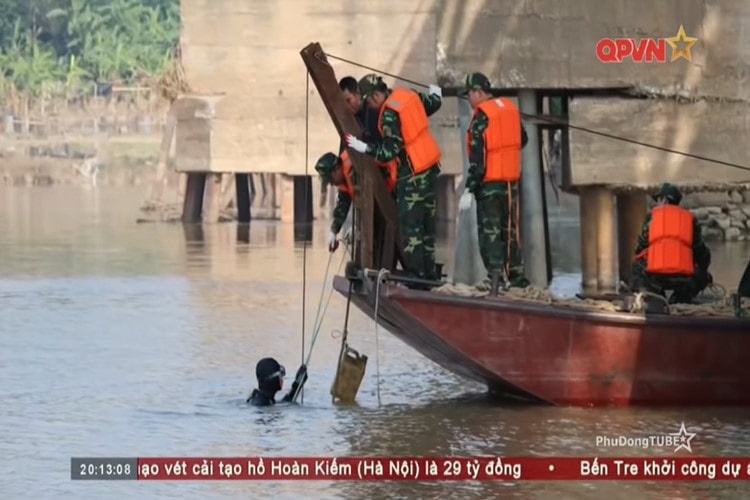 |
| According to the Vietnam National Defense Television channel, on the afternoon of November 28, the engineering force of the Engineering Corps and the Hanoi Capital Command salvaged and safely moved a bomb weighing more than 1 ton lying under the Long Bien Bridge that has caused a stir in public opinion recently. Photo source: QPVN. |
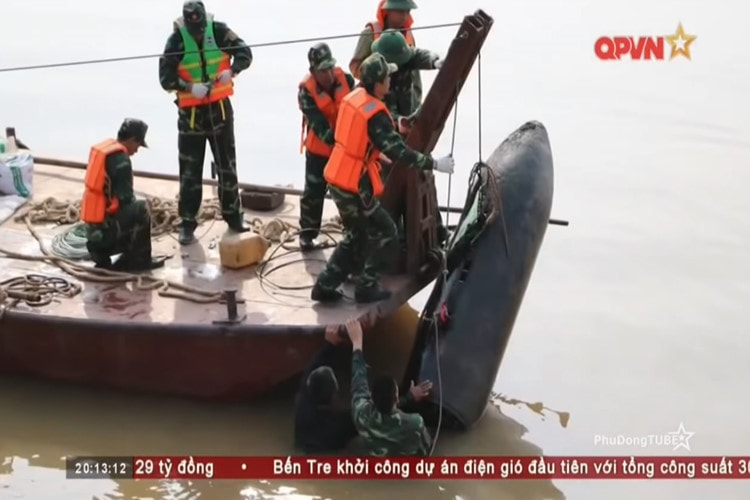 |
| At the time of discovery, the bomb was deep at the bottom of the river near the foot of the B13 pillar of Long Bien bridge on the right channel. The most dangerous thing was that the bomb still had the fuse and explosives inside. If not discovered and handled promptly, it could cause great damage to people's lives and property as well as to Long Bien bridge. Photo source: QPVN. |
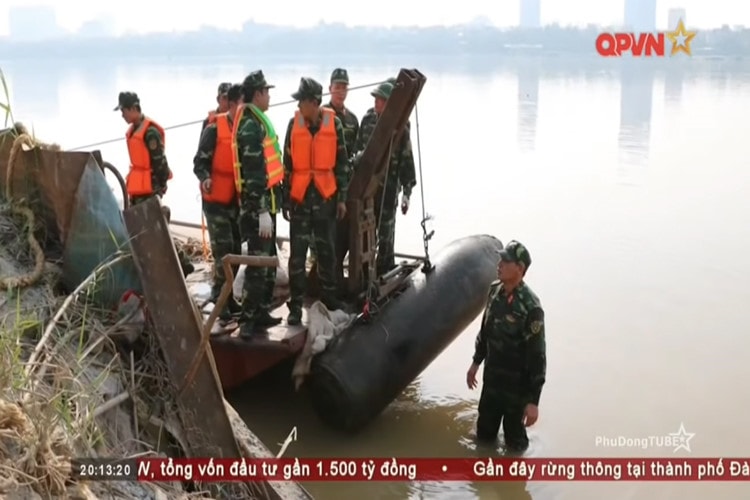 |
| Image of the engineering force of the Engineering Corps successfully lifting the bomb from under Long Bien Bridge to the mainland, and its fuse has been initially neutralized. Photo source: QPVN. |
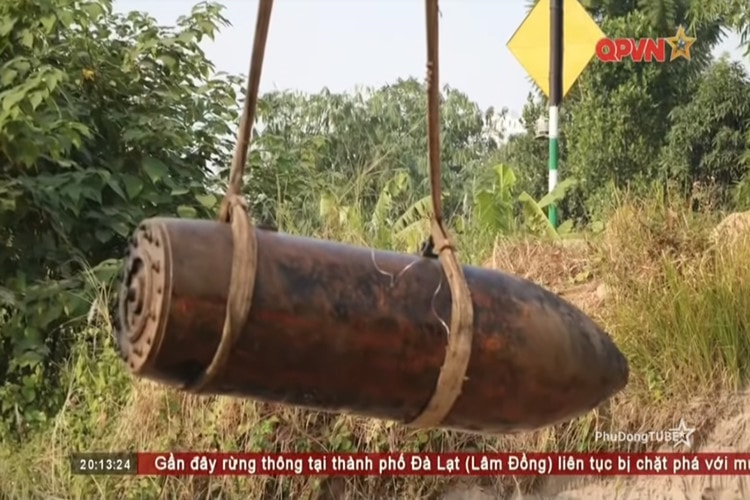 |
| Based on the size and shape of this bomb, the Corps of Engineers determined that this was a Mark 118 heavy conventional bomb made by the US and left over from the war. And it was one of thousands of bombs that the US Air Force dropped on the sky of Hanoi during the Vietnam War. Photo source: QPVN. |
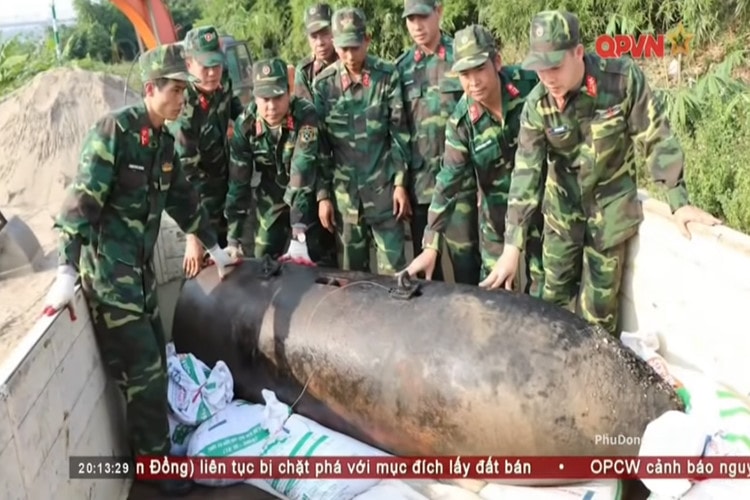 |
| Currently, the Mark 118 bomb has been moved to a safe place by the Engineer Corps and is awaiting disposal. Although there are no exact statistics, it is estimated that the whole country still has more than 6 million hectares of land contaminated by bombs, mines, and explosives left over from the war, and with current human resources and equipment, it will take Vietnam another 300 years to eliminate all the bombs and mines still underground. Photo source: QPVN. |
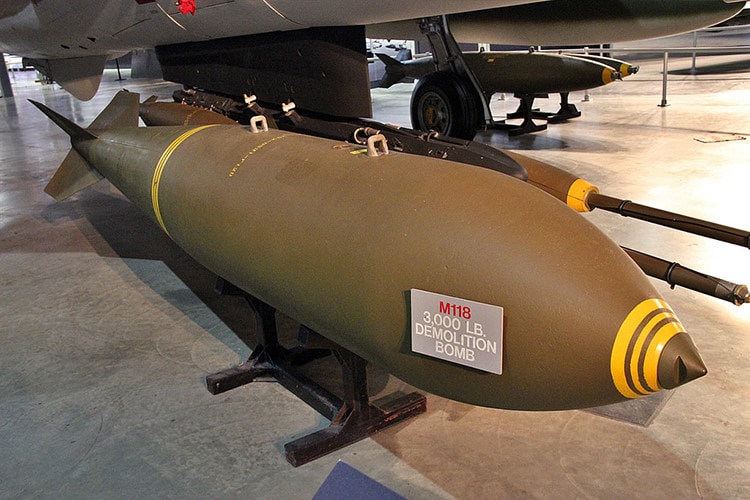 |
| About Mark 118 it is one of the popular bombs developed by the US Army after World War II and was used quite commonly in the Korean War before appearing in Vietnam. Mark 118 was widely used in the US Air Force and Navy Air Force from 1950 to the early 1970s. Photo source: Flickriver. |
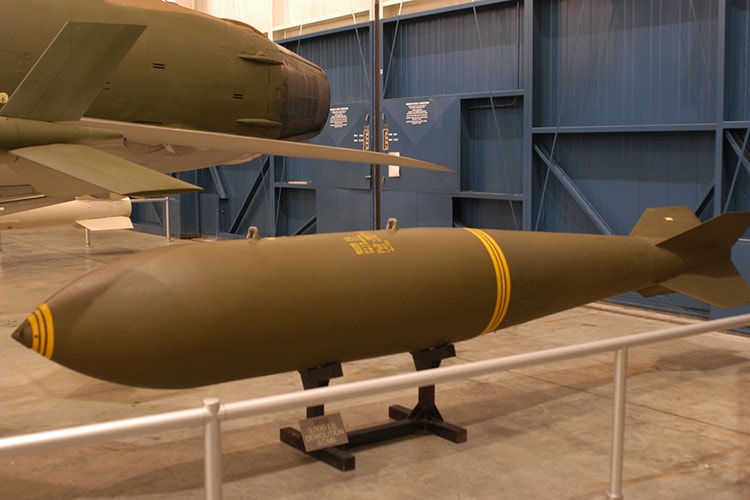 |
| The Mark 118 bomb is about 600mm in diameter, 2.9 meters long with a total weight of up to 1,383kg and carries 895kg of extremely powerful explosives. The Mark 118 is equipped with a fuse or a timed detonator depending on the purpose of use. Photo source: Valka. |
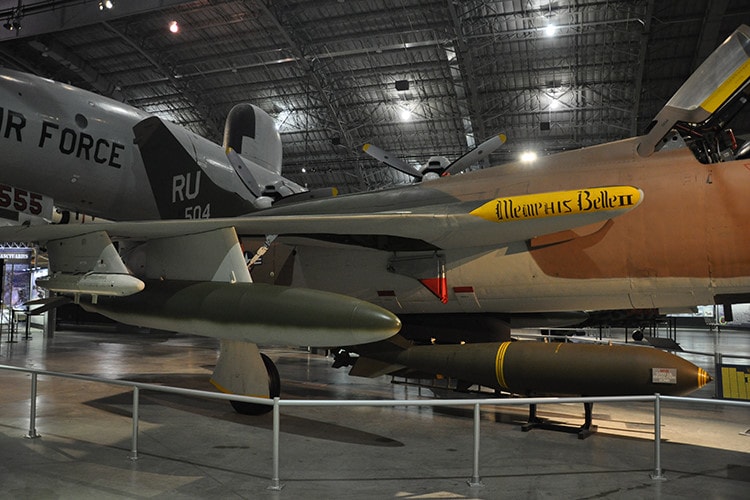 |
| Compared to the popular bomb models currently used by the US Army such as the Mark 80 series, the Mark 118 weighs 5 times more, but it has a more outdated design and cannot be upgraded like the Mark 80. Photo source: Prime Portal. |
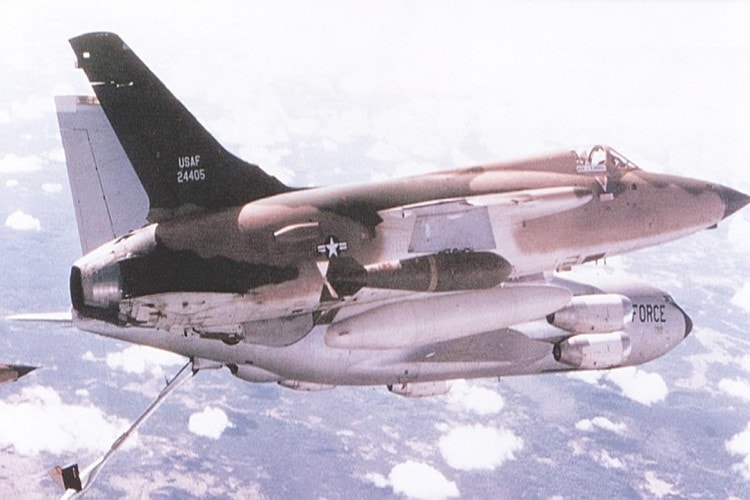 |
| During the Vietnam War, the only American fighter jets capable of carrying the Mark 118 were the F-10. |
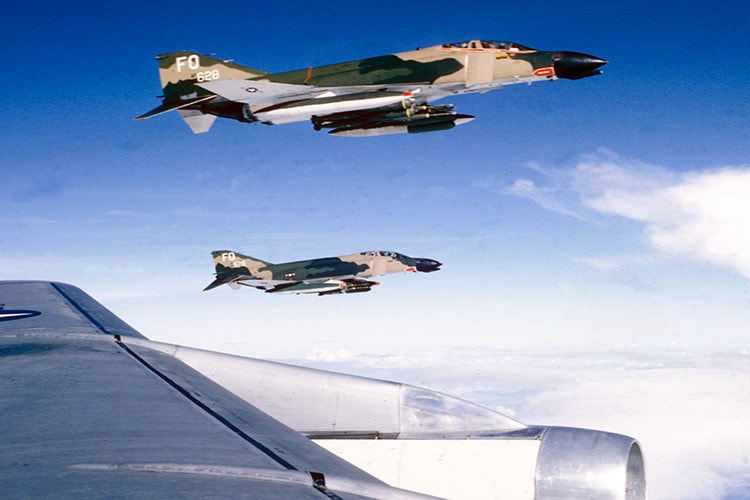 |
| A fighter line at that time also used the Mark 118 was the supersonic long-range fighter-bomber F-4 Phantom, however the bomb-carrying capacity of the F-4 was more limited than the F-105 and it was only suitable for deploying light bombs. Photo source: Wiki. |
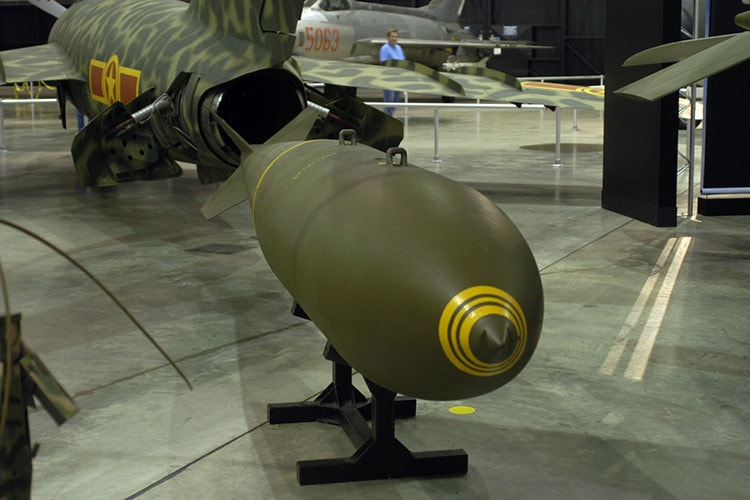 |
| Since the early 1980s, the US Army has stopped using the Mark 118 and replaced it with more advanced bombs. During this time, the Mark 118 was also improved into one of the first US guided bombs, the GBU-9, but the test results were not very successful. Photo source: National Museum. |
According to Kienthuc












